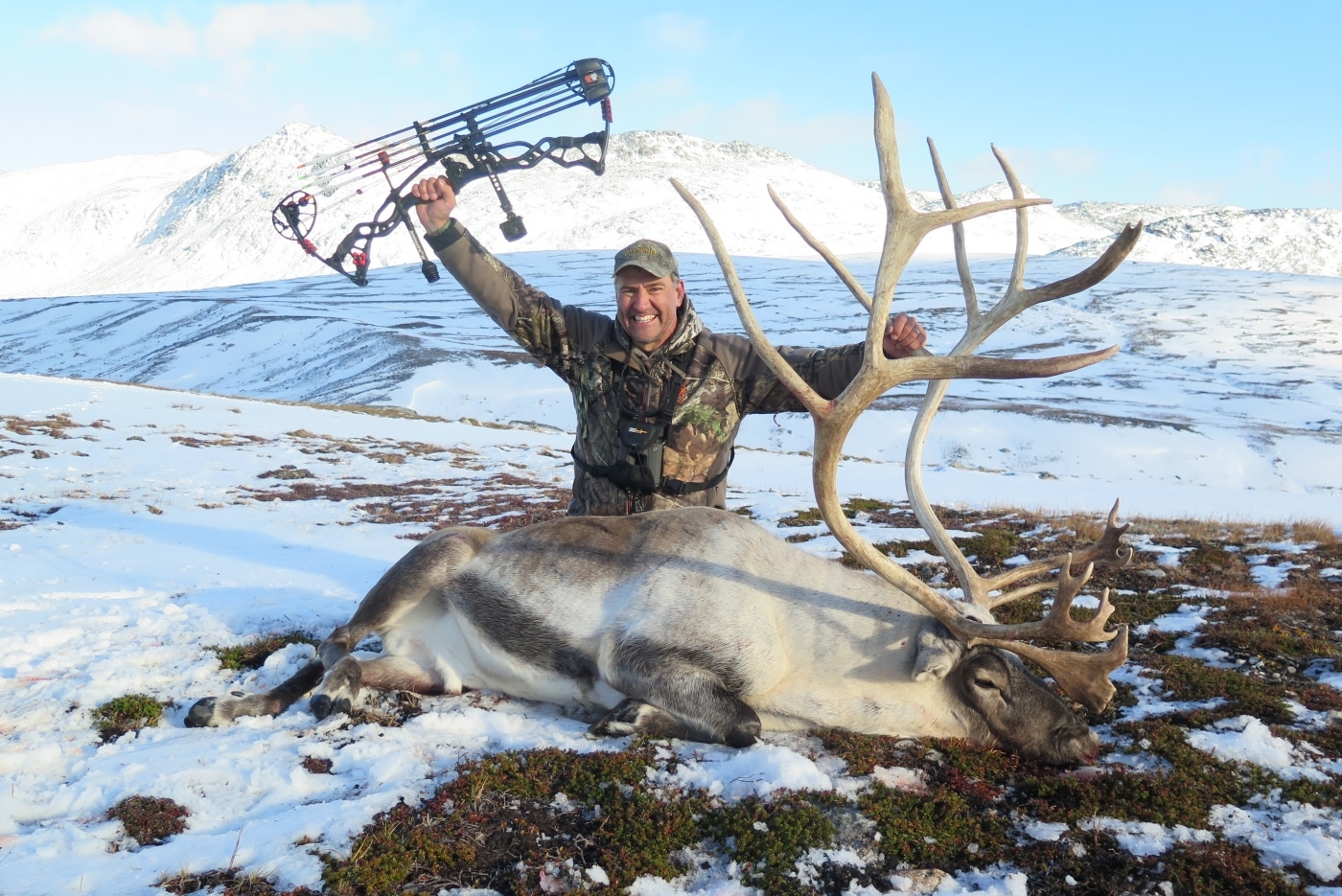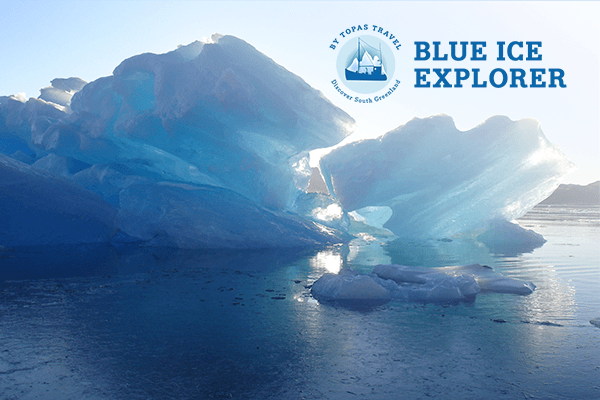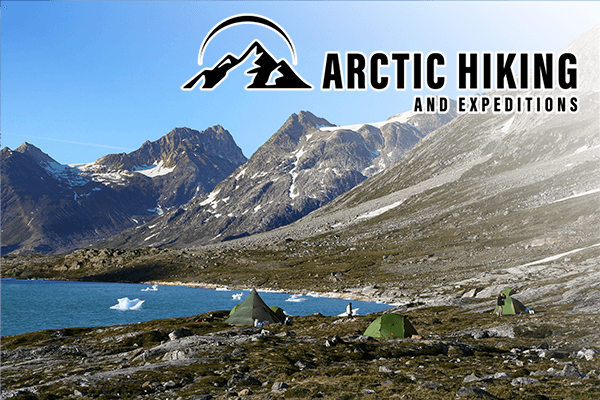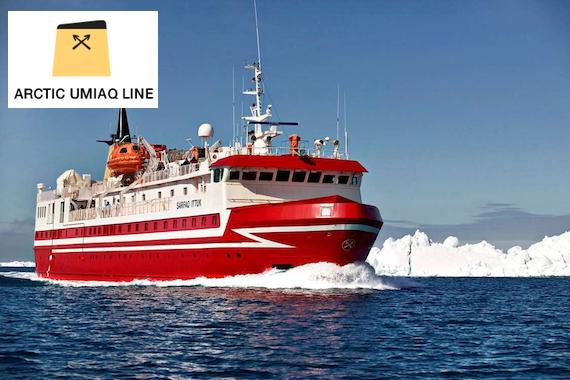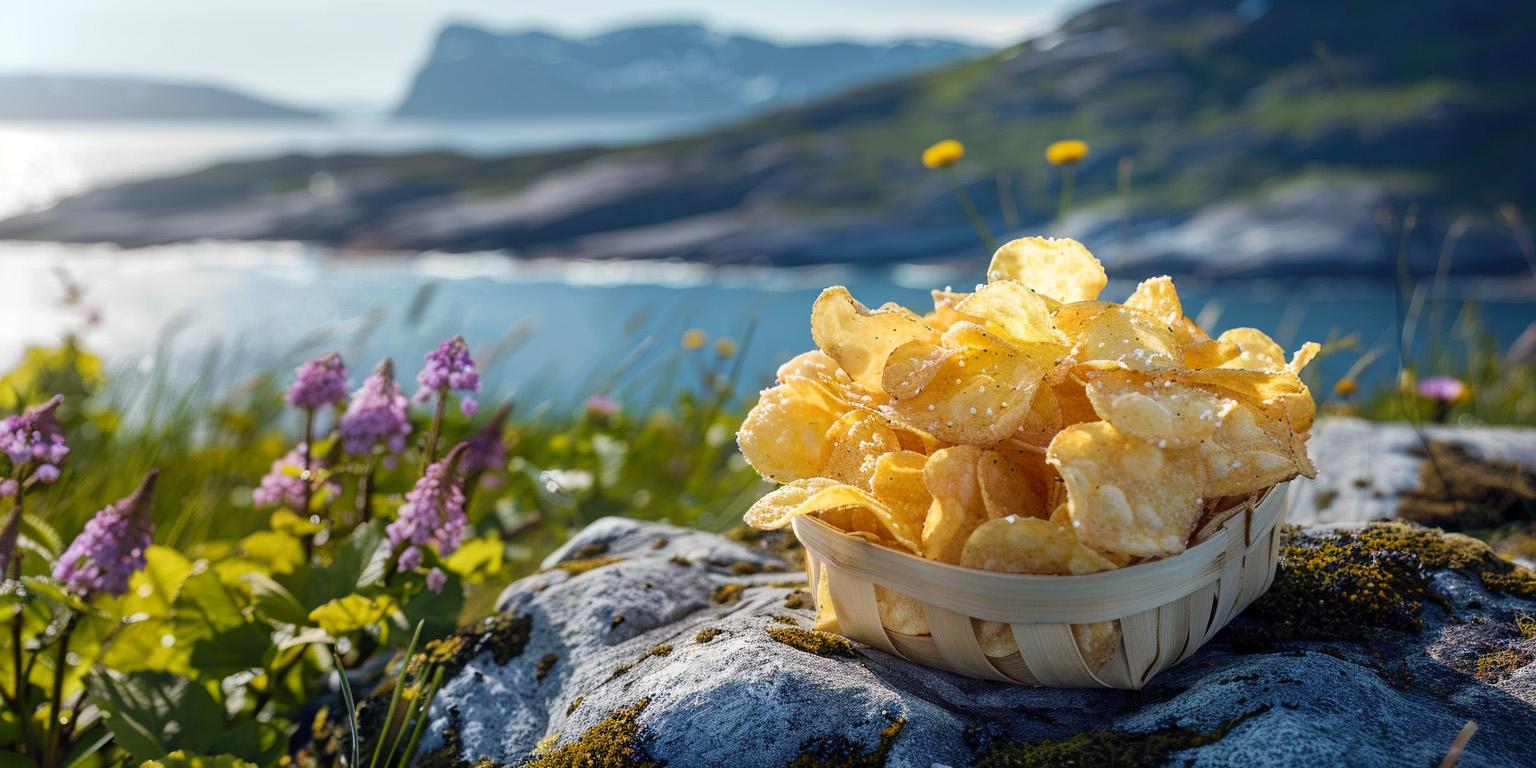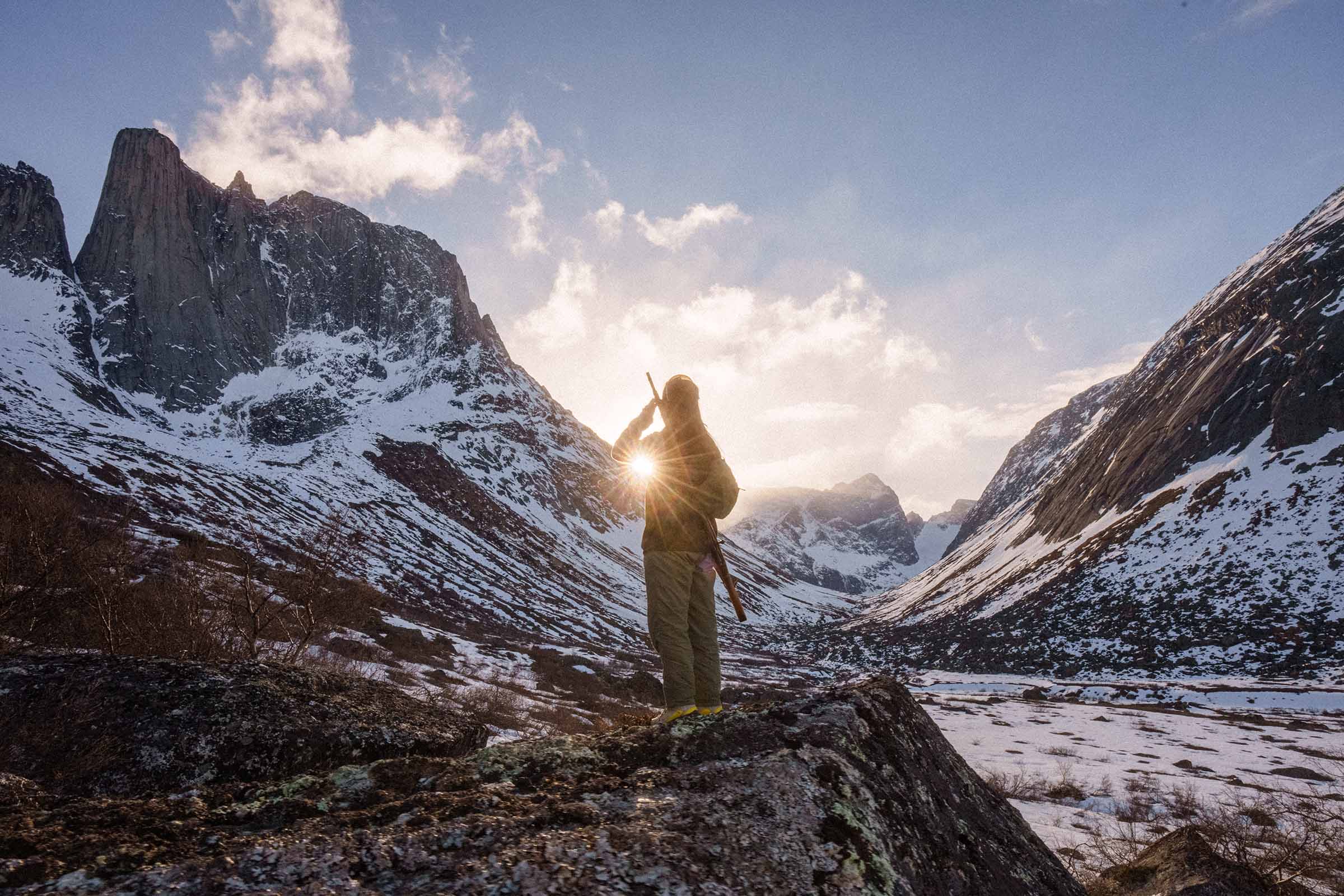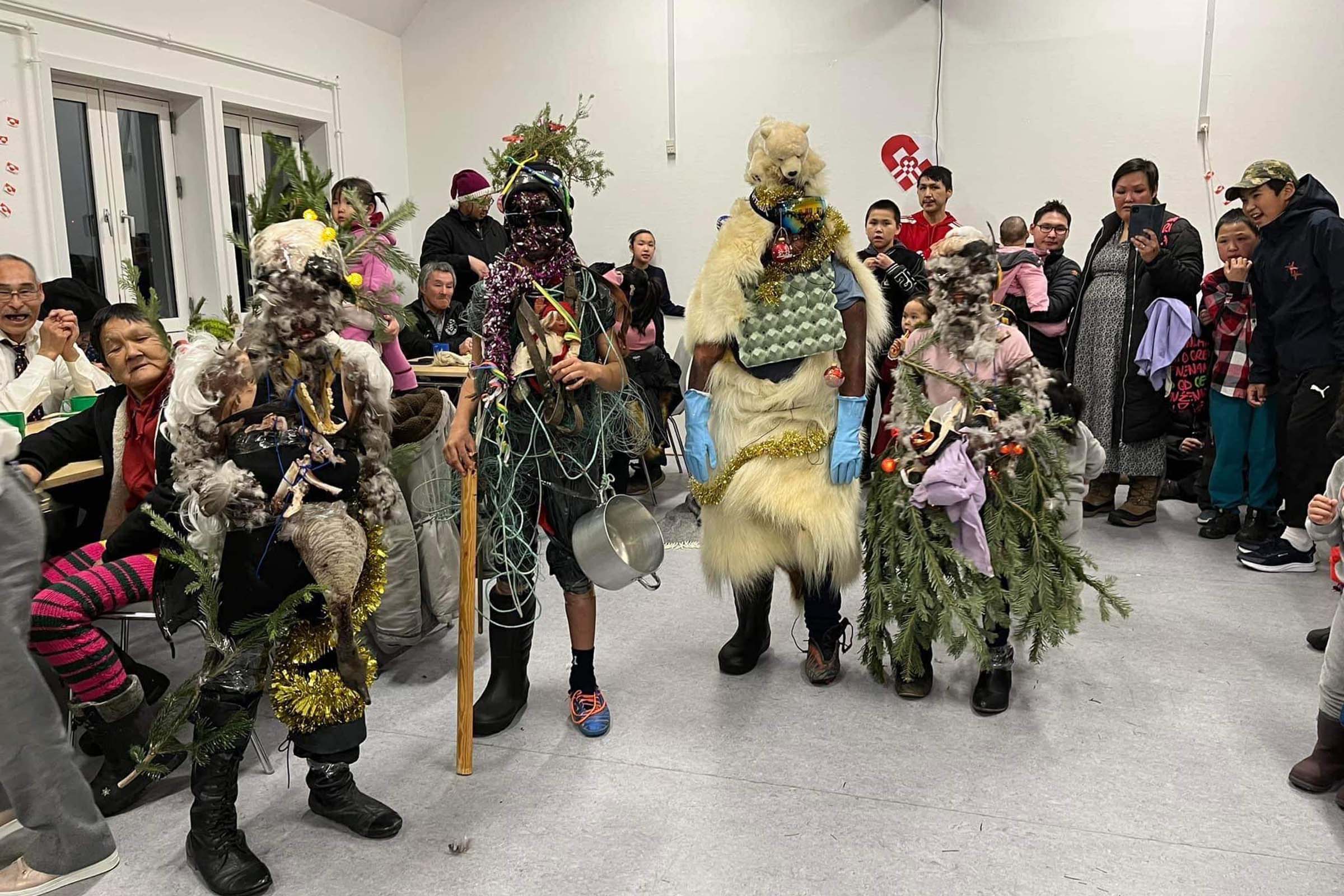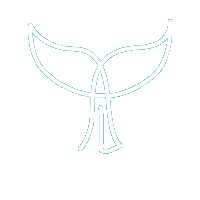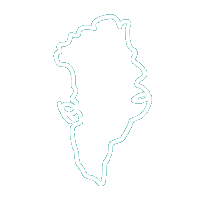ART IN POLITICs
In the notably political era of the seventies, which culminated with the introduction of the Home Rule Government in 1979, the role of art changed. Art began to be used to display a specific Greenlandic attitude, or face, to the outside world.
Rights and claims to land in the Arctic region are determined by a natural sense of belonging to the earth, the sea and the sky. Not surprisingly, much of the art coming out of Greenland during this period was about the relationship between people and nature.
Artists such as Aka Høegh (1947-) and Anne-Birthe Hove (1954-2012) are and were representatives of this movement.
The works of Anne-Birthe Hove contain clear political elements, while Aka Høegh mainly works with nature and myths in a creative way.
The performance artist Jessie Kleemann (1959-) also has a unique style. She focuses on the qivittok as a phenomenon and state of mind, and examines the ongoing process of development in Greenlandic society as a theme.
A DESIRE TO EXPRESS
In today’s self-governing Greenland, new exponents are in play: artists such as Julie Edel Hardenberg (1971-), Miki Jakobsen (1965-), Inuk Silis Høegh (1972-), Bolatta Silis-Høegh (1981-), Angu Motzfeldt (1976-), Gukki Willsen Møller (1965-), Nanna Ánike Nikolajsen (1981-) and Paninnguaq Lind Jensen (1990-), whose art you get a glimpse of in the video below.
They represent a group of young artists who disassociate themselves from what is perceived as traditional Greenlandic art.
To a greater extent, they associate themselves with the trends of the international art scene.
This, however, does not mean that they lose their connection to Greenland or to their cultural background.
Generally speaking, they have something on their mind and they want to demonstrate what art in Greenland is about. This new generation of artists plays with the country’s existing prejudices about history, culture and identity.
They confront and defy them, in order to show the world the diversity of Greenland!
See Art Exhibitions in Greenland
Study form and brush strokes at Nuuk Art Museum and Ilulissat Art Museum. Browse other recovered historical art pieces at the Greenland National Museum and Archive or the local museum in every town. Katuaq, Greenland’s cultural center in Nuuk, also displays several permanent and temporary exhibitions.

